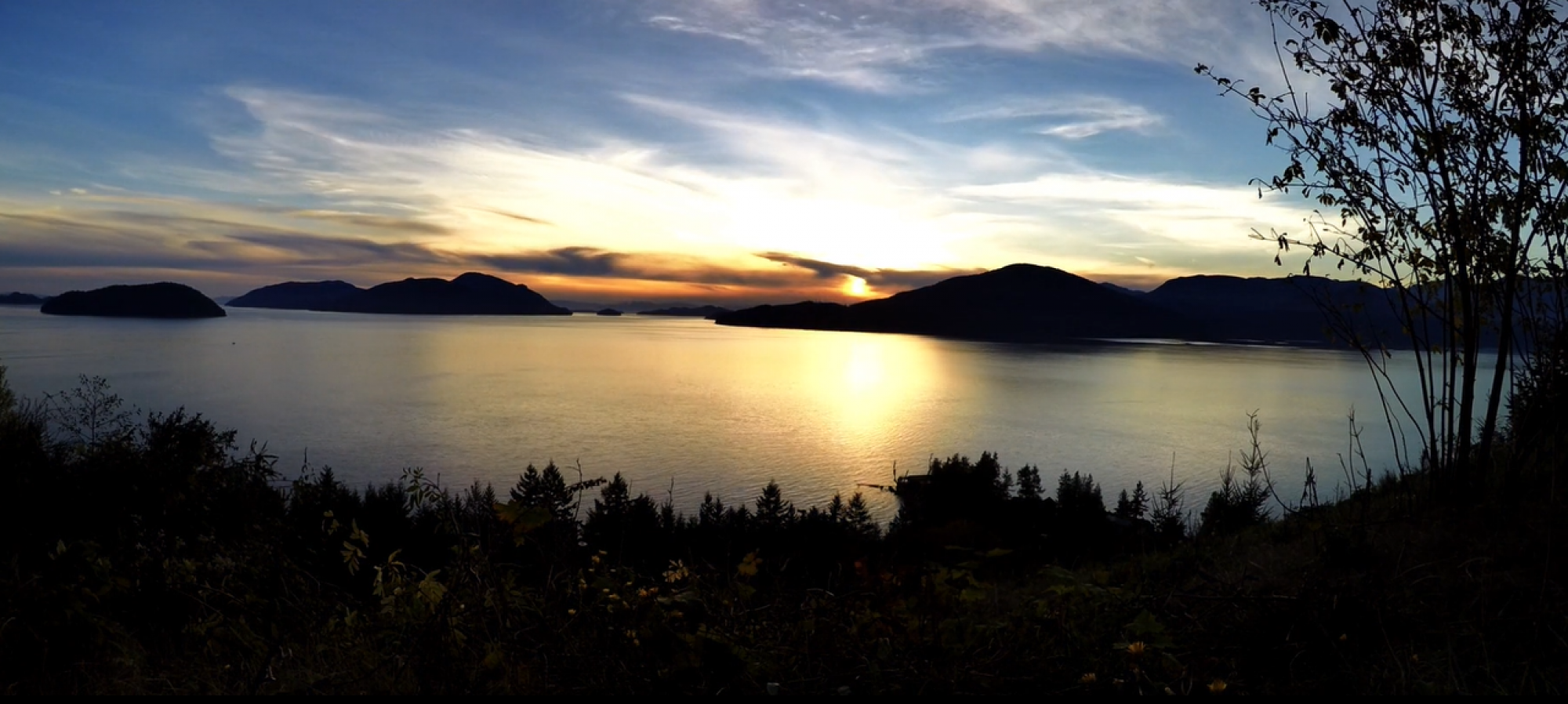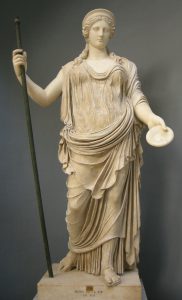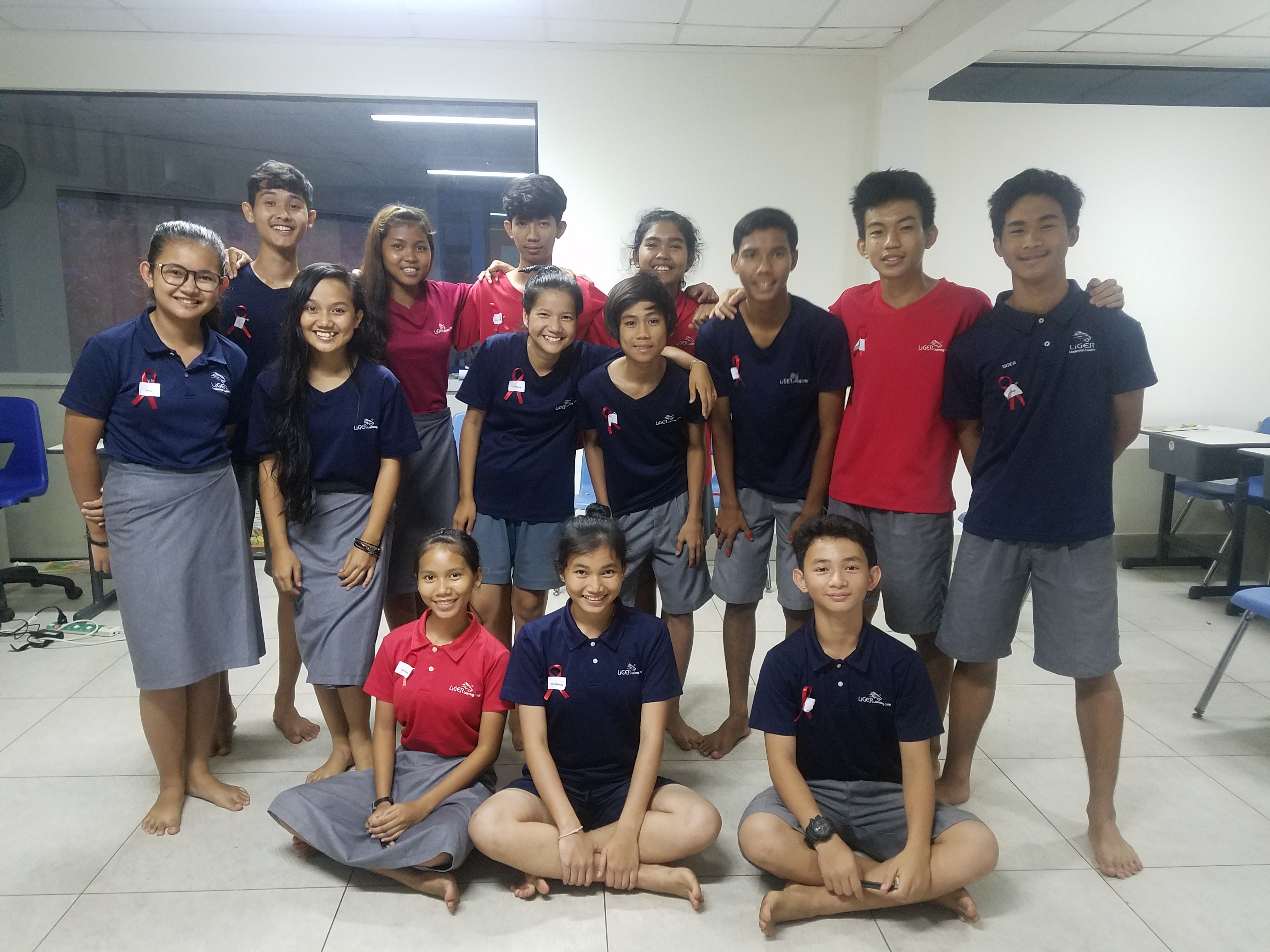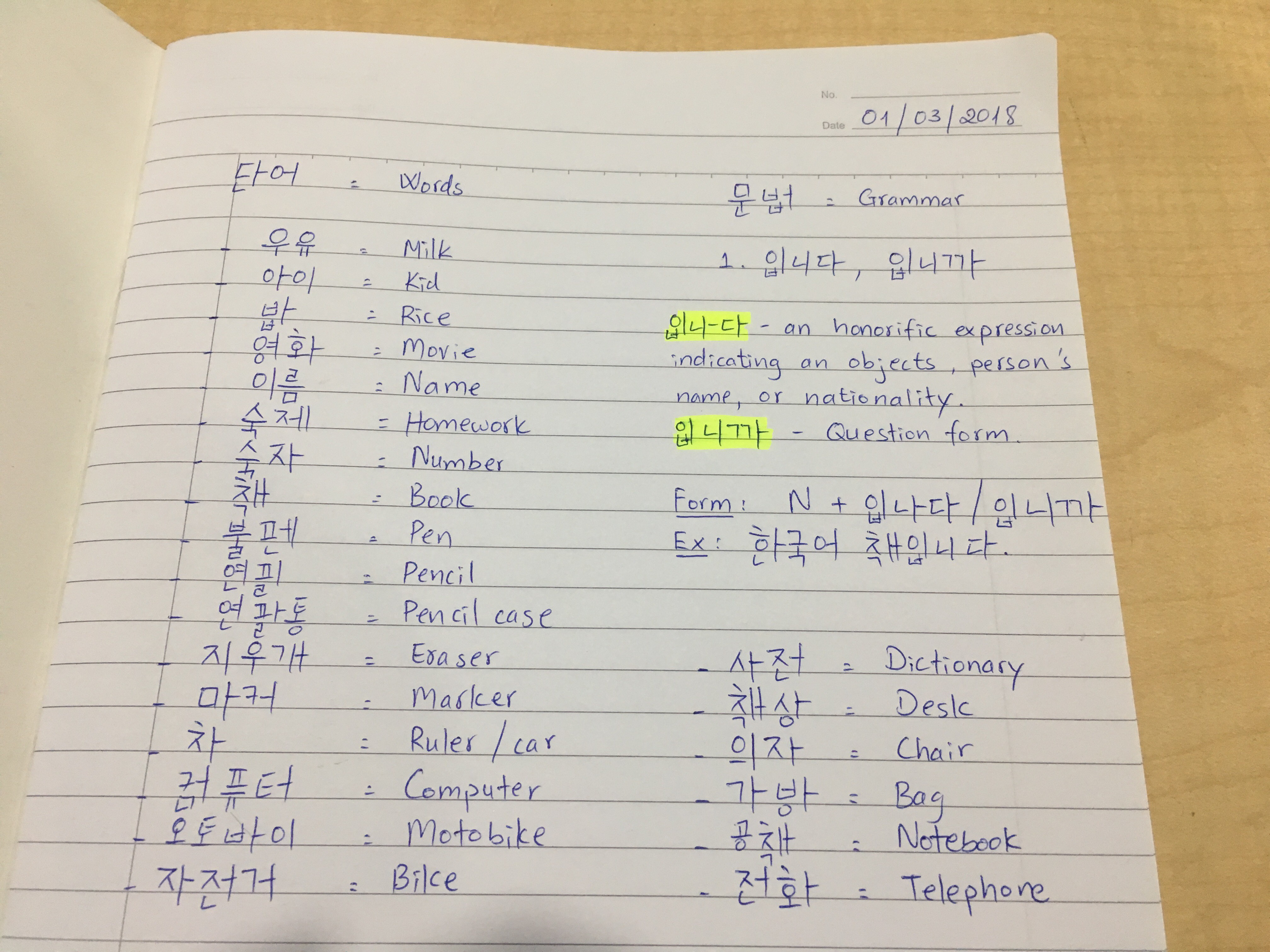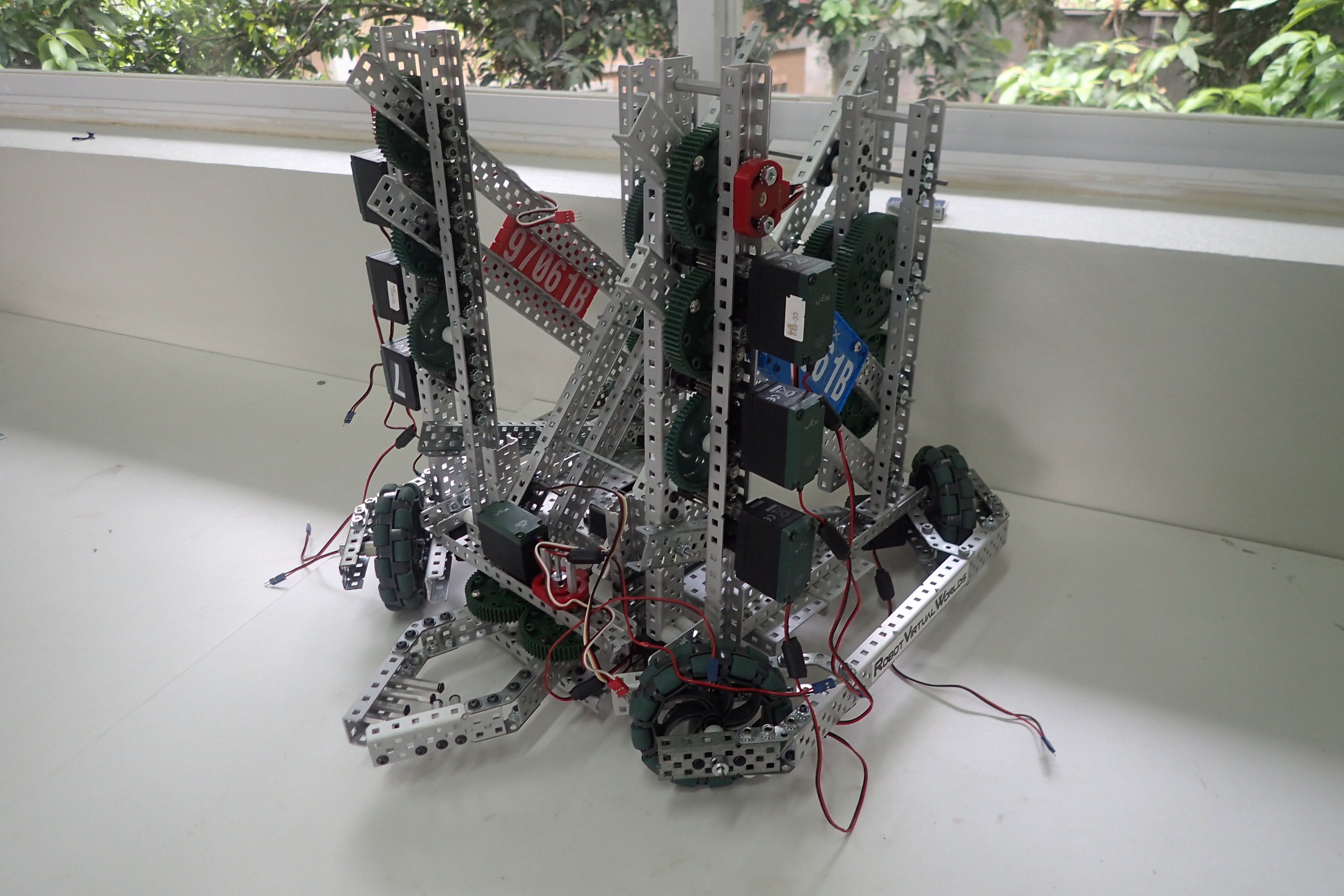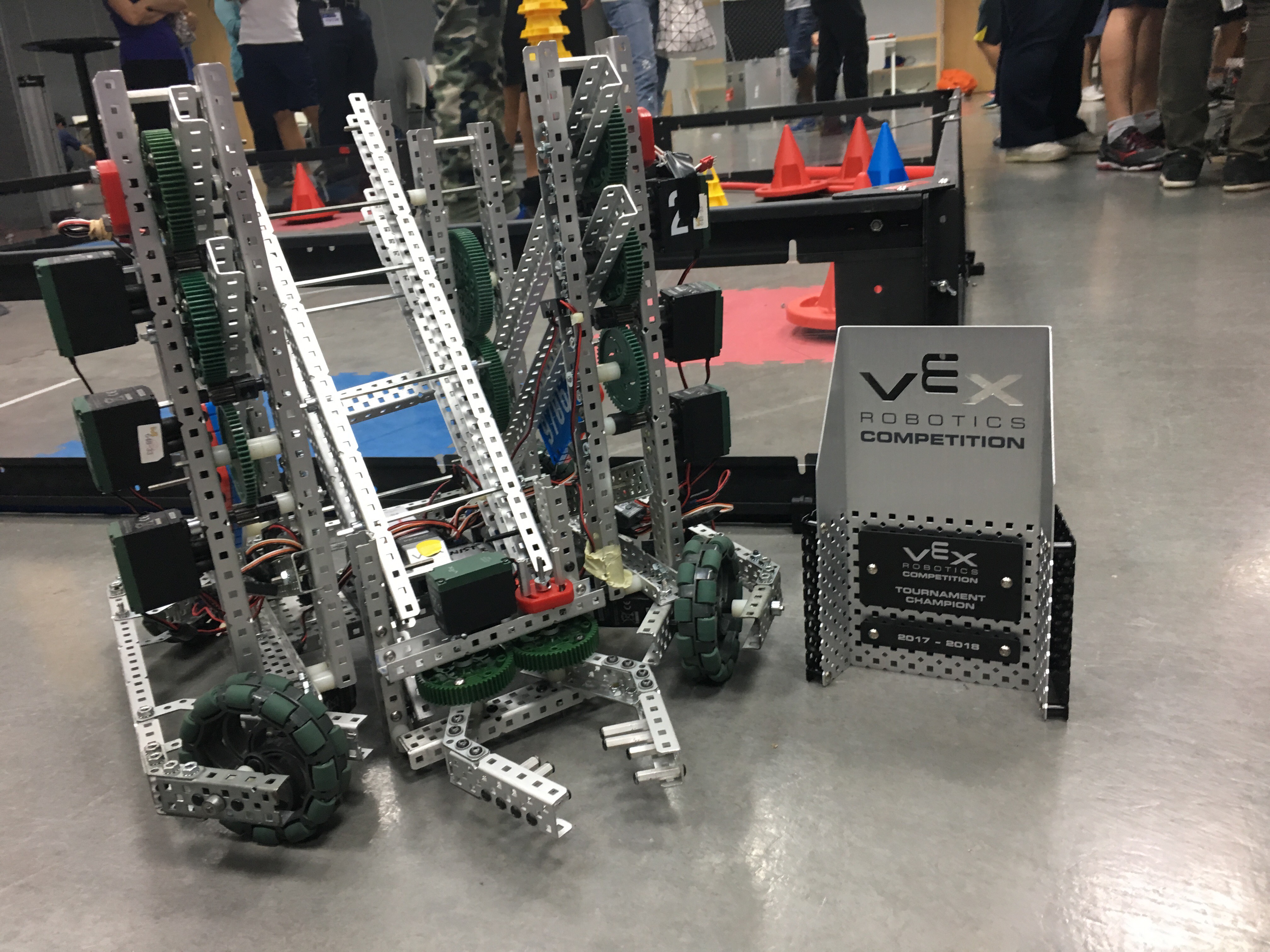In literacy, we’ve been learning and researching about Ancient civilization specifically Ancient Greek; therefore, we were assigned to write a research report about Ancient Greek mythology and Greek god or goddess. Everyone was assigned a god/goddess to do research about and I’m the goddess of marriage, women, and childbirth, HERA. Researching about the family trees of Greek gods/goddesses were quite complicating, but managed to pull out vital information about them. Here is my research report about my goddess:
GODDESS: HERA
General Information
HERA was one of the goddesses of the Olympian gods. Name “HERA” derived from a baby girl’s name which means “protectress‘. Therefore, Hera was the queen of Greek gods with certain roles including goddess of marriage, childbirth, and women. She had super strength of immortality, resistance to injury, and since she is the goddess of marriage, she had the power to bless or curse marriages; furthermore, she also had the ability to protect women from all causes and to help preserve women’s health longer. She didn’t have the physical weapons like swords or bows, all she had was the power of her cleverness and affection. This queen of heaven was found at Mount Olympus where most gods and goddesses live.
Family and Relatives
HERA was a daughter of the Cronus and Rhea along with her siblings: Poseidon, Hades, Zeus, Hestia, and Demeter. She married to Zeus (her brother) and gave birth to five children including Eileithyia, Ares, Hebe, Hephaestus, and Eris.
History
HERA had been swallowed by her father, Cronus, at birth. However, she was saved by Zeus who tricked and poisoned him to vomit her out. Her siblings also suffered the same fate of getting swallowed by their father. The reason was that there had been a prophecy saying that Cronus will be deposed by his children. Therefore, to prevent that, he swallowed each and every single one of his children at birth. However, when it was Zeus’s turn, Rhea decided to switch Zeus and let Cronus swallowed a rock instead. Then, when Zeus grew up, he successfully overthrew his father and became the king of the gods. HERA didn’t have many memories during her childhood because she spent most of her time inside her father’s stomach.
Physical appearance and symbols
HERA was described as stunningly beautiful. Everything that was on her body was pure gold including her sandals, chariot, and throne. She wore a high cylindrical crown! She always dressed up elegantly, feminine, but not exotic fashion. She was serious about her appearance and no one could beat her on that; she was considered purely beautiful even topping the beauty of Aphrodite. HERA’s most known sacred animals are cuckoo and peacock. Cuckoo symbolized Zeus’s love for HERA because he disguised himself as a cuckoo as he first approached her. Since HERA was immortal, peacock exemplified immortality. Other minor symbolisms were: lily flower which is believed came from HERA’s breast milk when she gave births, pomegranate which symbolized fertility since she was the goddess of childbirth.
Celebrations
To honor HERA, they created a game called “Heraia” that was like Olympic, but only women can participate which is a foot-race. They celebrated every four years in August. HERA’s Roman name was JUNO. Likewise, the month “June” was named after her; furthermore, since she was the goddess of marriage, most people prefer to get married in the month of June.
Important Myth
On the other hand, there was one major myth that involved HERA. It was called the tale of HERA and Heracles or Hercules. To start, Hercules was a son of Zeus and a mortal woman named Alcmene. Since HERA was known for her vengeful character, Hercules and she never had a good relationship. She was always jealous of Zeus’s extramarital affair and illicit child and Hercules was one of them. Due to HERA’s jealousy, she made Hercules’s life miserable. She hated him so so much that she caused troubles at every opportunity. For instance, as part of his sentence, he had to do 12 labors, but HERA didn’t let it go smoothly. She stirred up the Amazons against him or sent gadfly to destroy the herd in one of his labors. After these labors, he was known for Greece’s greatest hero which increased HERA’s hatred towards him to its ultimate. Even after the labors finished, HERA always got into his way, notably, when the hero sailed the sea, she sent violent storms that cast the boat around like a toy. Hercules did try to calm situations between this angry queen and him down, but HERA doesn’t seem to lessen her anger until he died. Once Hercules died, HERA’s hatred seems to cool down, surprisingly, after he died and ascended to the Olympus, he married to Hebe, HERA’s daughter!
Conclusion
To sum up, HERA was one of the most respected goddesses. Despite her vengeful character, she was a symbol of fidelity because she was always faithful towards her loved ones. Once again, she was a goddess of marriage, childbirth, and women. However, don’t ever forget her vindictive characteristics!
Works Cited
Study.com, Study.com, study.com/academy/lesson/the-greek-goddess-hera-stories-lesson-quiz.html.
https://study.com/academy/lesson/the-greek-goddess-hera-stories-lesson-quiz.html
“Appearance, Personality, and Special Abilities – Per,.3 Hera.” Google Sites, sites.google.com/site/per3hera/place-on-the-mountain/apperance-personality-and-special-abilities.
“Goddess Symbols: Hera.” Goddess Symbols: Hera Symbols and Myths., www.goddessgift.com/goddess-myths/goddess_symbols_hera.htm.
“Greek Stories about Hera-The Sacred Wedding of Zeus and Hera.” Greek Gods, www.greek-gods.info/greek-gods/hera/myths/zeus-hera-wedding/.
“Hera’s Powers.” Hera the Supreme Goddess, griffinquestproject.weebly.com/heras-powers.html.
“Hera: Goddess of Love and Marriage.” Crystal Wind™, www.crystalwind.ca/mystical-magical/pantheons-and-myths/greek/hera-goddess-of-love-and-marriage.
“Queen Hera (Juno), the Olympian Goddess of Marriage.” Greek Gods, www.greek-gods.info/greek-gods/hera/.
